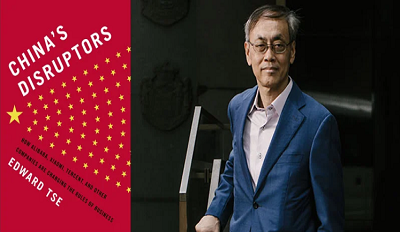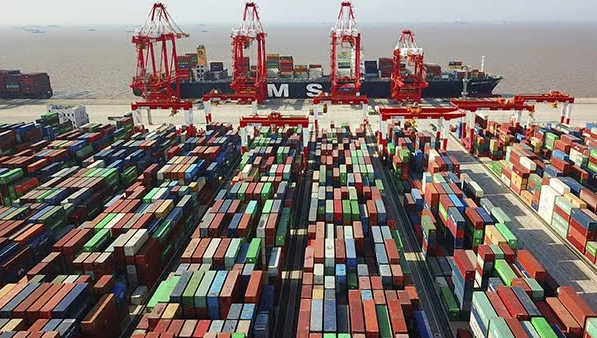Want a Reality Check on Contemporary Chinese Business Environment and Companies? Read this Book!

Osama Rizvi reviews Dr. Edward Tse’s book China’s Disruptors and opines that the book clears all the misconceptions about Chinese business model and thus is a must read for every business student and business leader.
Many of us suffer from what now amounts to glaring misconceptions and unfounded ideas about China and its business practices. Its image as a non-innovative country relying solely on copying Western technologies and ideas no longer holds true. China might be an authoritarian one-party state with, formally, high degree of centralisation but “in practice it is highly decentralized”.
China remains a country that people rarely understand, not because it is shrouded in mystery but for the lack of trying. People who have lived, worked or read about the country share experiences that may shock a lay-man cherishing a premeditated notion about it.

Dr. Edward Tse in his book China’s Disruptors had tried to do just that. His endeavors in apprising and updating the contemporary business world and the individuals therein, about the complex yet interesting mechanisms of China’s business environment should be highly appreciated and widely read.
In what is not a very thick book, the writer has tried to both warn the foreigners of the entrepreneurial tide rising from the China, which is and will continue to ride high all around the world, and share some advice so that when it reaches their respective country they should be ready to deal with it.He explains how in China there is no concept of building an organisation that could be considered safe from future uncertainties as the extreme speed at which ‘things’ move there begets “enterprise of the time”. It calls for incessant and timely improvement – if the organization is a separate entity, it will always be panting in China.With companies like Xiaomei and Lenovo locking horns in a never-ending and always-eventuating game of technological superiority, companies around the world should get acquainted with “competing on the edge” that posits that any competitive advantage is all but permanent.Mentioning the four waves of entrepreneurship – 1980s, 1990s, Early-mid 2000s and Late 2000s-2010s – Tse indulges in a chronological excavation of the secrets of progress that China and its businessmen cherished along the way. Be it BAT (Baidu, Ali Baba, Tencent) or Xiaomei, Yihaodin, Haier or Huawei, the companies there are full of unique differences in their operations and functions. It is a “Do or Die” situation; as a chapter is aptly named so. For foreigners he gives short but practical and categorical solutions: “Continuously updating their products” while “controlling costs”. But the “talent management” is no easy task while the sword of ‘coping with wages’ always hangs over one’s head.The book also contains some interesting facts and figures. For example a “Qingdao based printer” able to print 40 feet high objects, or the stunning number of people going to be urbanised in the coming years. Despite the fact that it was written back in 2015, its relevance today is more than ever.
This is partially due to the continuing policies and changes happening in the country and partially as we can clearly see China rising as an economic behemoth in Eastern hemisphere of the world.
After reading the book one will be well acquainted with China’s political and economic intricacies and better equipped with the requisite knowledge and skills that we all will need, one way or the other, in order to remain relevant and competitive in the times to come.
Businesses can adopt a proactive approach by changing the ways and means and be ready to face the Chinese competition head on.



